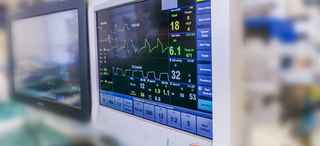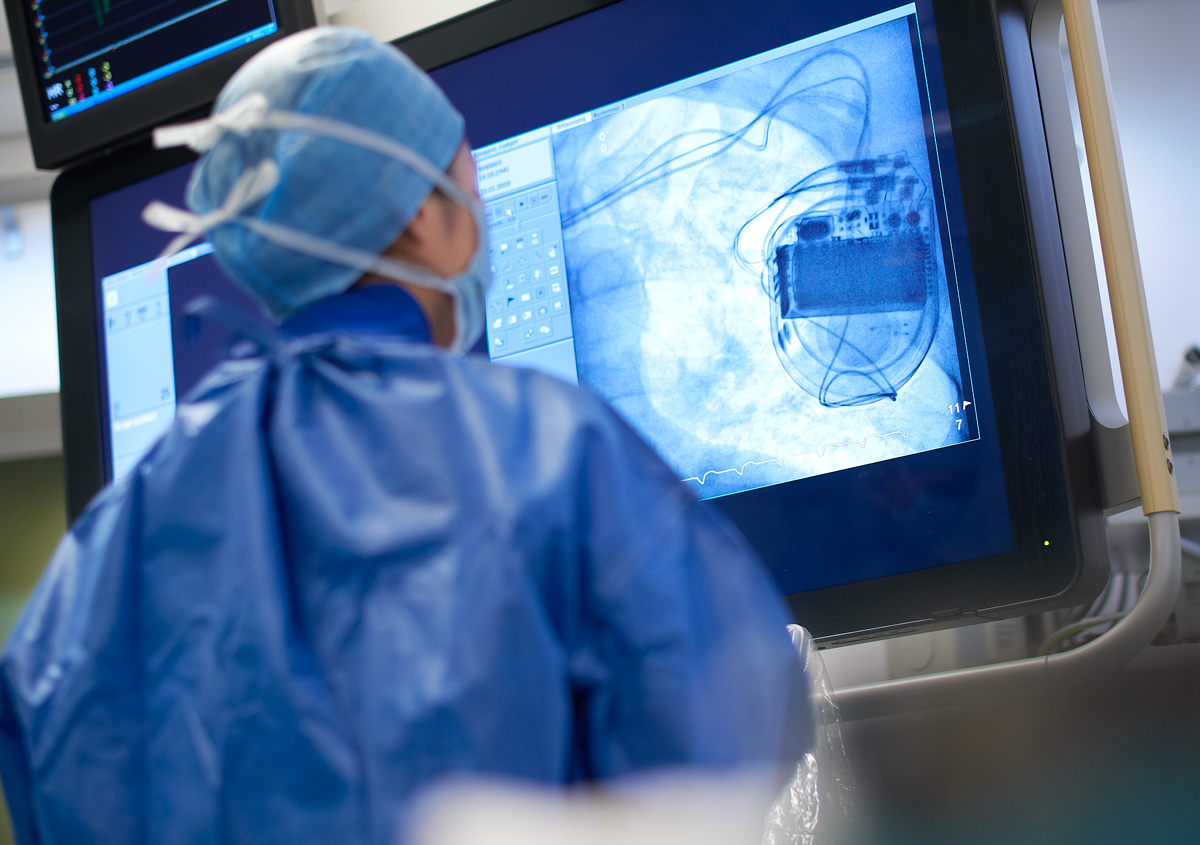What to Expect During Lead Extraction
Our skilled surgeons have extensive experience performing lead extractions.
Before the procedure
Patients may undergo tests before their lead extraction, such as:
- Blood tests, to help us monitor any post-procedure changes
- Electrocardiogram (ECG), to evaluate the heart rhythm
- Echocardiography (Echo), to examine heart function and anatomy
- Venogram, an X-ray of the veins, to analyze vein anatomy near the device
The night before their procedure, patients should not eat or drink anything after midnight.
We may also recommend stopping certain medications, such as aspirin, a few days before the procedure.
During the procedure
Lead extraction typically takes two to six hours. Our surgical team includes a cardiologist as well as specially trained nurses and technicians.
Most patients receive general anesthesia, which means they are in a sleep-like state during the procedure and don’t feel any pain.
To remove the leads, the doctor first makes an incision near the pacemaker or ICD and disconnects the device from the lead or leads that are to be extracted.
A sheath is then placed inside the vein and over the lead. The sheath is attached to a laser, which delivers energy to remove the scar tissue at the end of the lead. This detaches the lead from the inside of the vein and allows the doctor to safely remove it.
New leads may be placed in a patient’s heart during the procedure or a later date.
After the procedure
After lead extraction, patients will stay in the hospital two to 10 days. If a new pacemaker or ICD is not implanted during the procedure, the patient may be hospitalized until that surgery.
Patients whose leads were removed through their femoral vein will need to lay in bed for several hours after the procedure.






